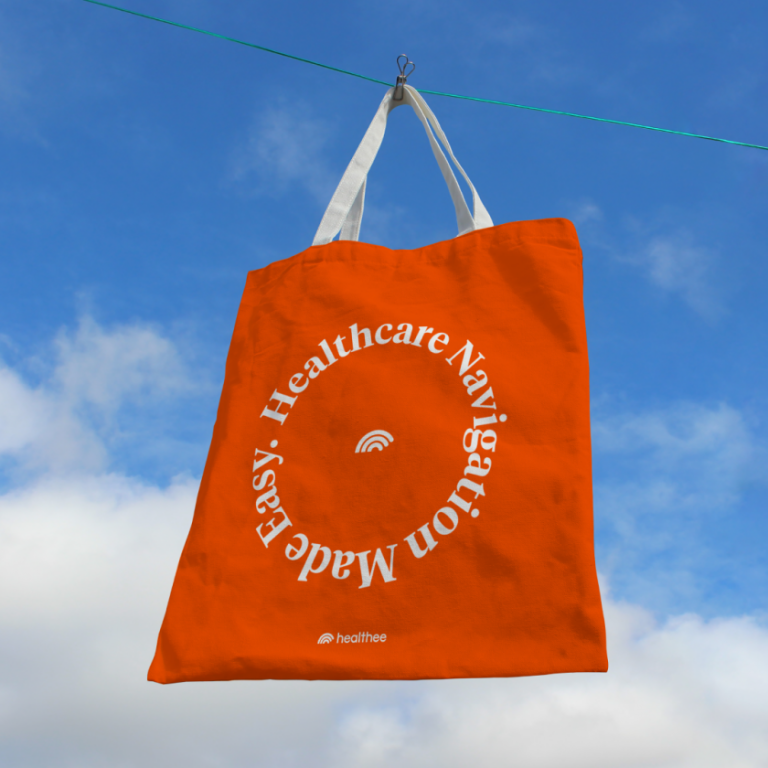
Image licensed via Adobe Stock
The clients, the deadlines, the admin: it all adds up to a busy work schedule for any creative freelancer. This means marketing often gets deprioritised. Well, we’re here to tell you that self-promotion doesn’t have to be a headache with these fast and easy tips to help get your name out there and enjoy all the benefits of a boosted reputation.
Depending on your time and energy, the following can either be tackled on a daily, weekly or monthly basis. The point is, as long as you’re doing something regularly, you’ll be reminding your clients that you exist while reaching people who have yet to discover your awesomeness.
We’ll only cover the basics, certainly. But given this is a tips article on how to squeeze your marketing into your calendar when you’re already spinning so many plates, we’ll do our best to make the following suggestions as manageable as possible.
In marketing, strategy is often based around paid, owned and earned media. Paid being advertising (which we won’t cover), owned being the content you create and publish on the channels you own (e.g. your website and blog or stuff you push on social media), and earned being all the content and conversation around you and your brand that has been created by someone else, i.e. press coverage, social media shares, mentions, and retweets, reviews, etc.
For the purpose of this article, we’ll only cover owned and earned media, and we’ll break it down into media relations, social media marketing, newsletter marketing and blogging. For background, I’ve got 20 years of experience in both journalism and PR and marketing, so I’ve seen it from both angles. My advice is to start with one of the following approaches and go from there.
Get featured in blogs, magazines, and podcasts
1. Send a pitch to a journalist
Don’t just write an email that includes your bio and a link to your website, think about what the journalist might want to write about. What’s timely? If Valentine’s Day is coming up, might they be considering content themed around that date? For example, if you design and sell greeting cards, could you pitch a few of your own creations as suitable additions to any shopping guides the journalist might be pulling together? Go beyond the usual, “Here’s my work!”
2. Research the publication and see what they typically feature
The clue is right there, staring at you in the face: if you’re wondering what to pitch, then just get to know the magazine you’d like to get into. Do they have inspiration pieces like Creative Boom? How do they write them? Could you even go as far as to write the article yourself? Journalists are busy and juggling lots of things, too. So make their life easier by sending them a text-rich, well-informed pitch along with everything they need. And heck, if they’ve got a submission page, follow the instructions and impress the hell out of them. You might only have one chance.
3. Make your About page “journalist friendly”
When trying to find creatives to write about, one of the first things I do is click on their About page. If I don’t get the information I need, it can sometimes mean I bounce off and try someone else. So here are the things that put me off:
- Not providing your full name
- Not providing your location
- Not having a professional portrait photograph of yourself
- Not providing an email address (contact forms are a hurdle)
- Not making it obvious that media enquiries are welcome
- Not providing enough information about your background, i.e. how you became a designer
With the above in mind, make your About page “journalist friendly” and add in those details to make life easier for anyone hoping to write about you or interview you. I totally understand if you’ve deliberately avoided some of the above features due to privacy concerns or something equally important – in which case, add a sentence saying something like, “For media enquiries, a full professional bio, and a quality portrait shot, please email me.”
It also helps if you add a paragraph that says you’re open to media enquiries and that you’re happy to be featured in blogs and magazines. This leads me to my next point.
4. Buy a microphone and headphones to become “podcast ready”
Podcasts continue to grow but it’s surprising how many creative professionals still don’t understand their potential for great publicity. In which case, you’ve got an opportunity to be one step ahead of the competition. Buy a half-decent microphone and headphones, and then on your About page say how you have everything needed for a quality broadcast and that you’re open to podcast interviews, too. For a bit more understanding of the technical reasons behind having decent equipment, read our how to start a podcast guide.
Make the most of social media
1. Add an extra task to your project cycle
And make it the ‘marketing’ task. What do I mean by this? Ok, so you’ve just launched a brand identity for a client or completed an editorial illustration for a newspaper, and you’ve uploaded a nice case study to your portfolio. Could you take a few extra moments to create the visuals for social media and link them to your portfolio, too? Here’s a helpful social media sizes for 2022 guide for reference.
2. Spend 15 minutes a day engaging with people
You don’t have to go crazy. But liking or sharing people’s tweets, commenting on clients’ updates, and reaching out to brands you’d love to work with – it all helps to build a network and raise your profile thus hopefully opening doors. It’s just a little, every day, to keep yourself out there.
3. Optimise when you post
We’re busy, so it helps to know when it’s the right time to tweet, add an Instagram post or share a LinkedIn update. The problem is, it’s always changing. The algorithms prove difficult to figure out. The best way to approach this is by analysing your own feeds and seeing when you’ve had the best engagement. Sunday evenings on Twitter work well for Creative Boom. Monday mornings are great for Instagram (but forget Fridays). Tuesday mornings on LinkedIn always deliver (thanks for the tip, Craig Ward). Make life easier by scheduling updates during the best times for you. And use a tool like Buffer to schedule and publish your tweets and posts whilst you’re doing something else.
Take charge of your own content
1. Ask clients if they want to stay informed via a newsletter
One of the best pieces of advice, when I started Creative Boom nearly 13 years ago, was to build my own subscriber list. That’s because we can never rely on social media platforms – they were always going to make us pay at some point. But having your own newsletter to send out to people, that’s your own. You’re in control. So get building and ask all your existing clients if they’d like to sign up, too.
2. Have a newsletter link on your website and social media bios
It’s relatively easy to add a link to your newsletter. Mailchimp has a form builder that you can embed on your website or you can simply point people to a custom web page and include that link in your social media bios. If you’re using WordPress or something like Wix, there are often widgets and tools you can use, too. Mailchimp is our recommendation to get started, as it’s free based on 2,000 contacts and it also provides loads of tutorials to show you the ropes.
3. Create engaging content for your newsletter
Ok, so you’ve got a subscriber list. Now what? First of all, don’t bombard people. Create a monthly newsletter and include things like your latest project or news. Perhaps even include links to recent blog posts that demonstrate your wealth of expertise. It will not only remind people you’re open for business, but it will also show how wonderful you are. Who could resist that?
4. Write a blog
Yes, a blog. Now before you roll your eyes and remind me it’s 2022, there is still huge value in building your own content on your website. Add a blog to your domain (not a separate site) and imagine each blog post is a new web page, enticing people to you. Like a boat in the middle of a lake, each post acts as a line to catch fish. Now, what can you write about to attract potential clients? If you’re an illustrator, could you cultivate an insight piece into illustration trends? Perhaps a review of the previous year? Or how about some tips that might help a small business looking to hire someone like you? For more ideas, read our guide on how to blog.
Of all the tips I’ve shared, a blog is your long game tactic. Yes, you can immediately share your content via your newsletter and social media channels. But you’re also building the quality of your site in the eyes of Google and other search engines, too. This means when someone looks for a graphic designer in Manchester, they might find you above anyone else.
Conclusion
Many of you will already know what you need to do. It’s just putting everything into action when you’re already so swamped. By breaking down some of the key owned and earned media, you can at least take one realistic step today to begin your marketing strategy.
For some extra reading, we recommend swotting up on finding your creative voice, so you know how to communicate who you are, what you do, and why anyone should hire you compared to the competition. And you might also find these tips on increasing your website’s conversion rate might help you win more business. Best of luck!








